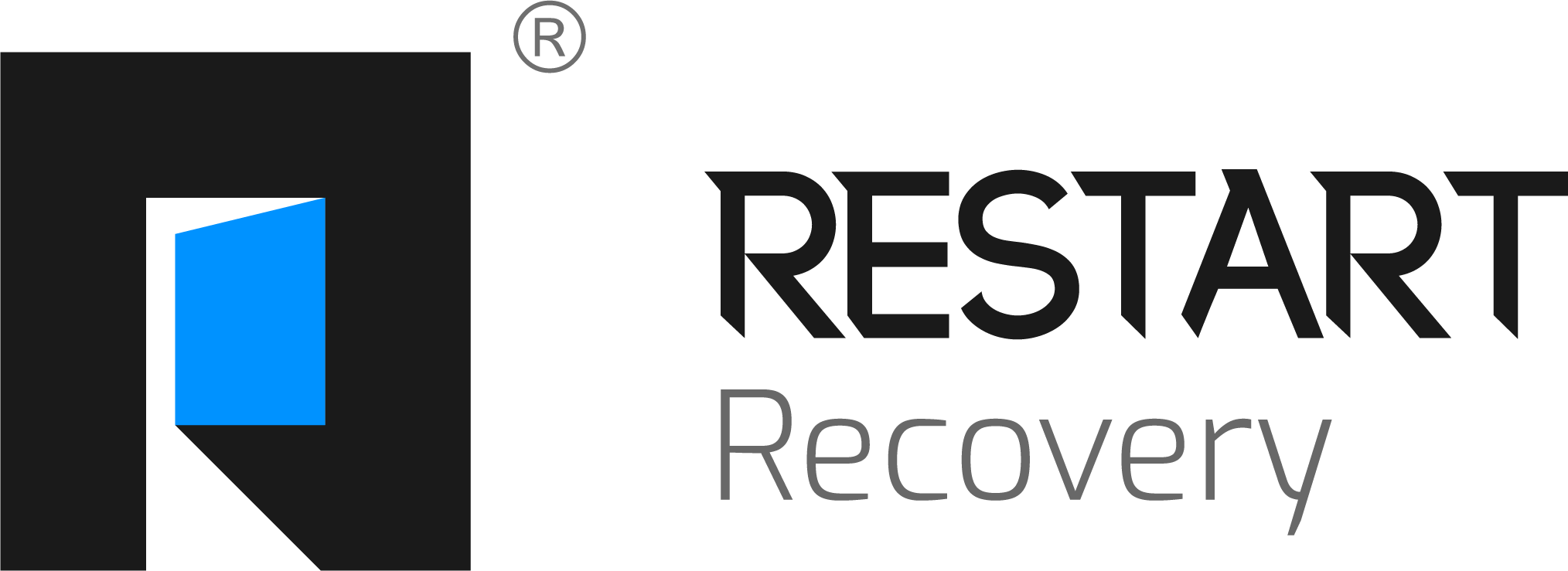The CBT Triangle: How Behaviors Influence Your Recovery
- Yasmin Maghsoudloo
- Jul 28
- 3 min read
Updated: Aug 3

Understanding the CBT Triangle
Recovery from addiction or mental health challenges is not just about stopping a behavior—it’s about changing the way you think, feel, and act. One of the most effective tools for achieving this is the CBT Triangle.
CBT stands for Cognitive Behavioral Therapy, a widely used, evidence-based therapy that helps people understand how their thoughts, feelings, and behaviors are interconnected. The CBT Triangle is a visual model that illustrates how these three elements interact and how changing one can have a positive impact on the others.
Whether you’re recovering from substance use, anxiety, depression, or trauma, learning to recognize and shift patterns within this triangle can be a game-changer in your healing journey.
What Is the CBT Triangle?
The CBT Triangle consists of three parts:
Thoughts (what you think)
Feelings (how you feel emotionally)
Behaviors (what you do in response)
Each point of the triangle influences the others. For example:
A negative thought (“I’m a failure”) can lead to a painful feeling (shame or hopelessness), which can lead to a destructive behavior (using a substance to numb the emotion).
On the flip side, a positive behavior (going for a walk, attending a meeting) can lead to a more hopeful feeling, and eventually a shift in thoughts (“I’m making progress”).
Understanding this triangle helps you break harmful cycles and replace them with healthier, recovery-supporting patterns.
How Behaviors Influence Recovery
Many people think recovery begins with changing thoughts, but in reality, changing behaviors is often the easiest and most immediate place to start.
Why? Because actions are tangible. You can choose to go for a walk, call a sponsor, eat a healthy meal, or attend therapy—even if you don’t feel like it or believe it will help yet. These small behavioral shifts can trigger a powerful chain reaction:
New Behavior→ Going to a support group meeting
Improved Emotion→ Feeling connected and less alone
Healthier Thought→ “Maybe I’m not as stuck as I thought.”
By taking positive actions—even small ones—you can reshape your thoughts and emotions over time, making long-term recovery more sustainable.
Breaking the Cycle of Negative Behaviors
In addiction and mental health struggles, behaviors often reinforce negative thought patterns:
Avoiding difficult conversations
Isolating from friends and family
Numbing emotions with substances
Skipping meals or sleep
These actions deepen feelings of shame, anxiety, and hopelessness, feeding into negative thoughts like “I’m not worthy” or “Things will never get better.”
Using the CBT Triangle, you can start by identifying what behavior you want to change, then explore the thoughts and feelings that fuel it. From there, you can build healthier alternatives that support your recovery goals.
Using the CBT Triangle in Recovery
You don’t have to be in formal therapy to use this tool. Here’s a simple exercise:
Name the behavior. What did you do (or not do)?→ Example: "I skipped my therapy appointment."
Identify the feeling. What emotion were you experiencing?→ Example: "I felt anxious and overwhelmed."
Notice the thought. What thought led to that feeling or behavior?→ Example: "Therapy won’t help me. I’m beyond fixing."
Challenge the pattern. Could there be a more helpful thought?→ New thought: "Therapy might feel hard today, but showing up is progress."
Replace the behavior. What healthier action can you take?→ Example: "Call a friend or reschedule the session instead of avoiding it."
This process helps you build awareness and regain control over your choices—a core part of long-term recovery.
Final Thoughts: Recovery Is a Triangle, Not a Straight Line
The CBT Triangle reminds us that recovery isn’t just about stopping the behavior—it’s about understanding the deeper patterns that drive it. The good news is, changing any corner of the triangle (especially behavior) can shift the whole system.
You don’t need to fix everything at once. Start with small, consistent actions that support your health and values. Over time, those changes can reshape your thinking, lighten your emotional load, and empower you to build a more fulfilling, sober life.





Thanks for information👍